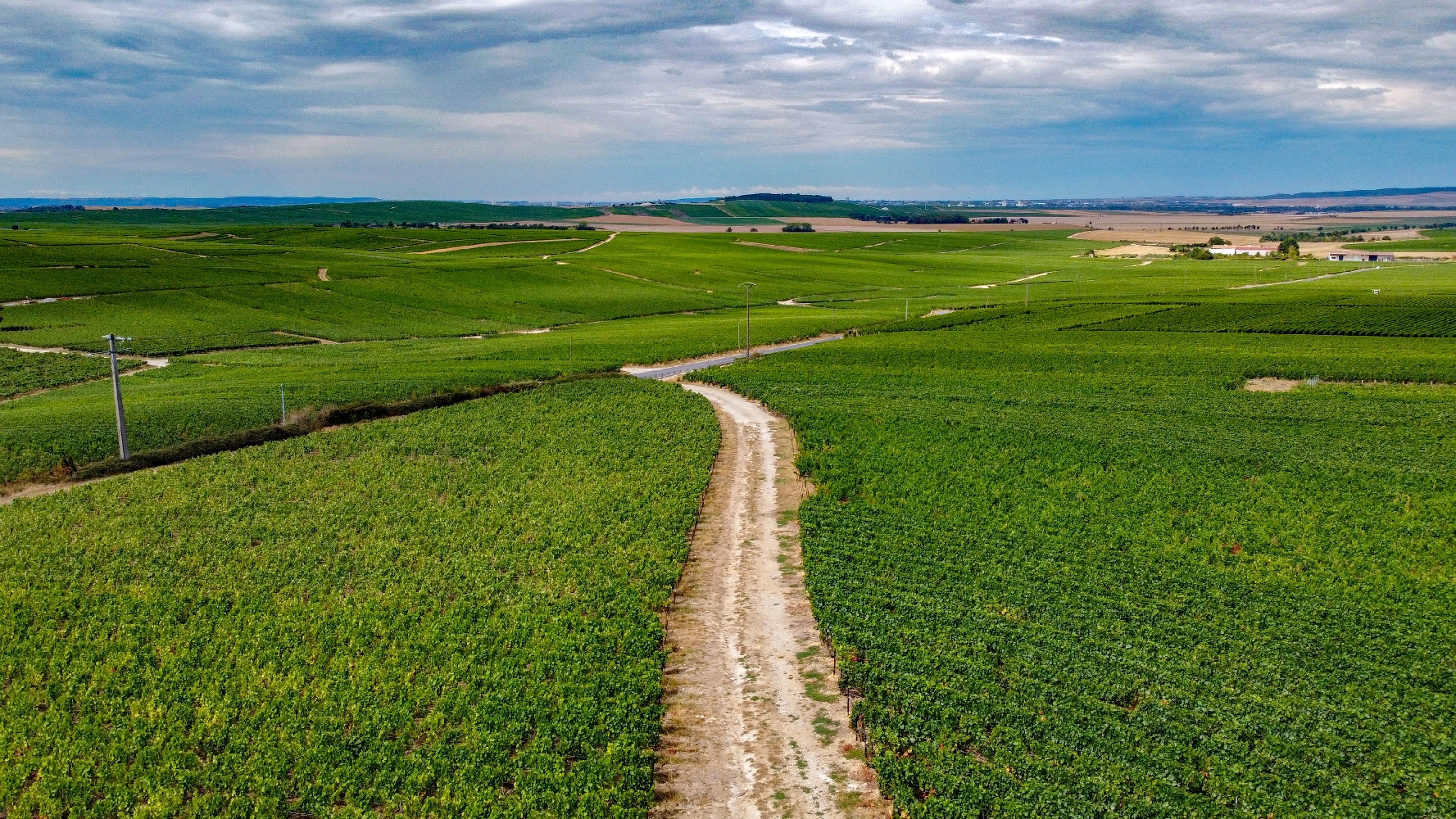
Champagne Grand Cru Wineries & Wines Stats
Wineries
169
Wines
1276
Champagne Grand Cru: A Historical Review of the World-Renowned Wine Region
Introduction: Champagne Grand Cru, a sub-region within the Champagne wine production area in France, is renowned globally for its distinctive and high-quality sparkling wines. This review delves into the historical significance of this region, exploring its unique terroir, winemaking traditions, and influence on the world of wine.
Historical Context: The Champagne Grand Cru region's wine production history dates back to the 17th century, with the first documented evidence of vineyards in the area around Hautvillers and Aÿ. The monks from the nearby monasteries played a crucial role in developing viticulture practices and cultivating the grapes that would eventually give rise to Champagne's prestigious wines (1).
Terroir: Champagne Grand Cru is situated in northeastern France, with its vineyards primarily located around Epernay and Reims. The region's terroir consists of chalky limestone soil, which influences the grapes' flavor profile, creating wines that are mineral-rich, complex, and elegant (2).
Grapes: The primary grape varieties grown in Champagne Grand Cru include Chardonnay, Pinot Noir, and Pinot Meunier. Each grape contributes unique characteristics to the final product: Chardonnay adds finesse and elegance, while Pinot Noir imparts body and structure, and Pinot Meunier brings fruity notes and complexity (3).
Winemaking Traditions: Champagne production in Grand Cru dates back to the 17th century, with the traditional method of producing sparkling wine known as "méthode champenoise" being perfected in this region. This labor-intensive process involves secondary fermentation occurring within each bottle, producing the characteristic bubbles found in Champagne (4).
Global Influence: Champagne Grand Cru's historical significance extends beyond its borders as it has shaped the world of wine through its unique wines and winemaking traditions. The region's sparkling wines have become synonymous with celebration, luxury, and elegance, influencing other wine-producing regions to adopt similar methods and styles (5).
Conclusion: Champagne Grand Cru stands as a testament to the historical significance of French winemaking and its continued influence on the global wine industry. The region's rich history, unique terroir, distinctive grape varieties, and traditional winemaking techniques have cemented Champagne as a symbol of luxury and celebration.
References: 1. "The History of Champagne" by Champagne-Ardenne Tourism.
